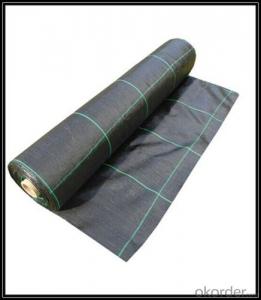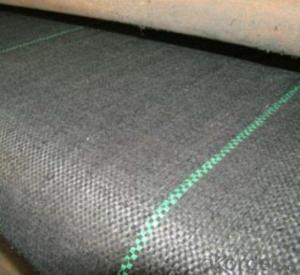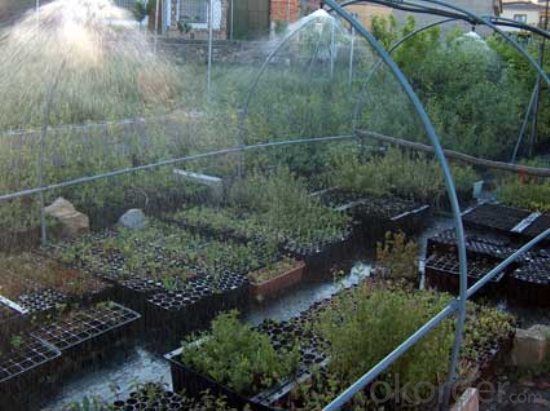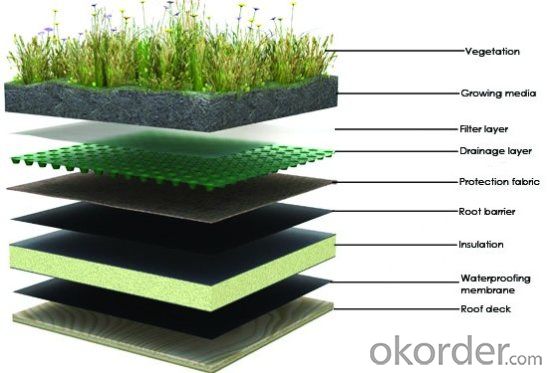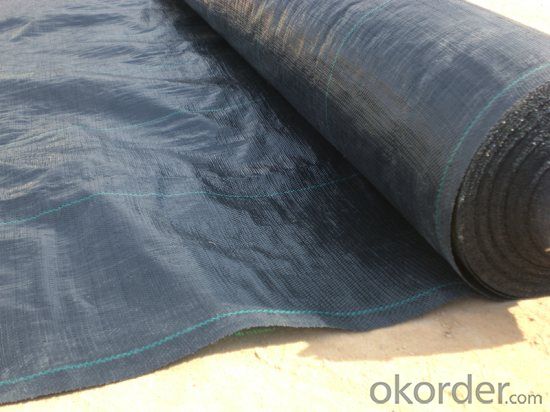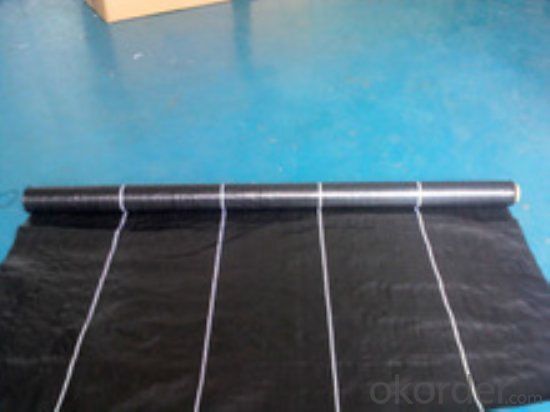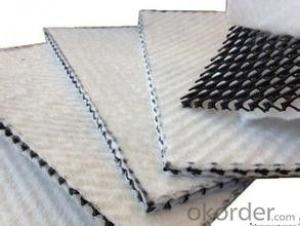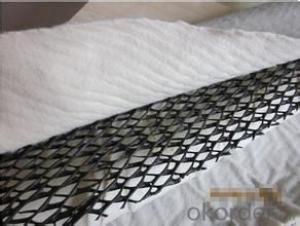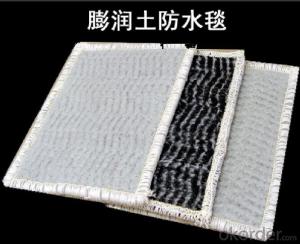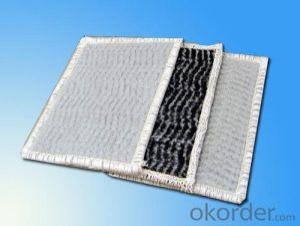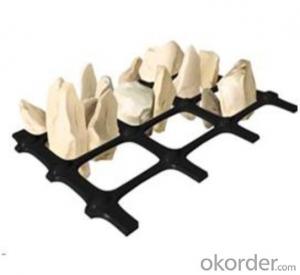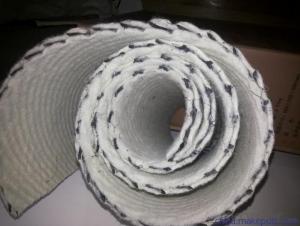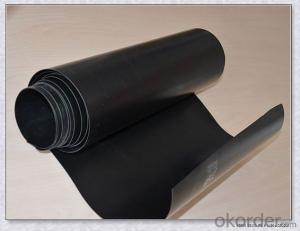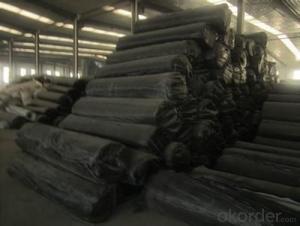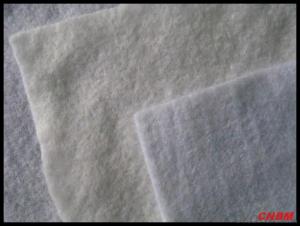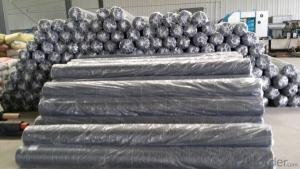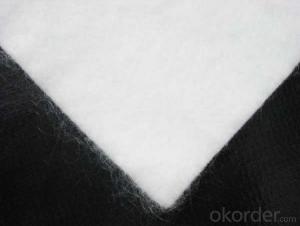Geotextile for Green Plants Stab Resistant
- Loading Port:
- Qingdao
- Payment Terms:
- TT or LC
- Min Order Qty:
- 5000 m²
- Supply Capability:
- 100000 m²/month
OKorder Service Pledge
OKorder Financial Service
You Might Also Like
Geotextile for Green Plants Stab Resistant
Description Of Geotextile for Green Plants Stab Resistant
This Weed Control Fabric consists of two layers of geotextiles, (one is Needle-punching Non-woven, the other is PP woven)
Main Features of Geotextile for Green Plants Stab Resistant
1. Weed eliminating
2. Strong UV-proofing
3. Humidity-maintaining, to provide soil with expected fertilizer and air
4. Extraordinary penetration of water and air
5. Excellent tenacity and strength
6. Durable, mildew resistance and corrosiveness resisting
Applications of Geotextile for Green Plants Stab Resistant
1. UV-Resistance
2. Good penetration of water and air
3. This environment-friendly Weed Control Fabric eliminates the use of herbicide
IMages of Geotextile for Green Plants Stab Resistant
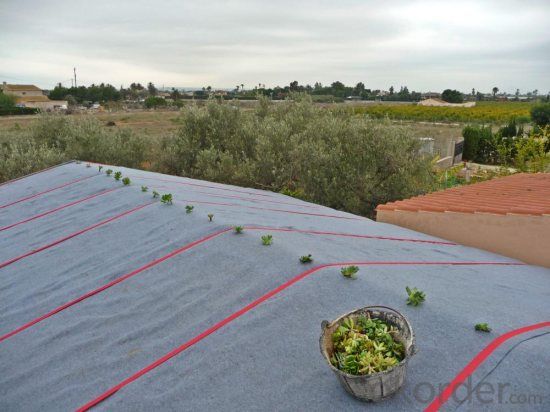
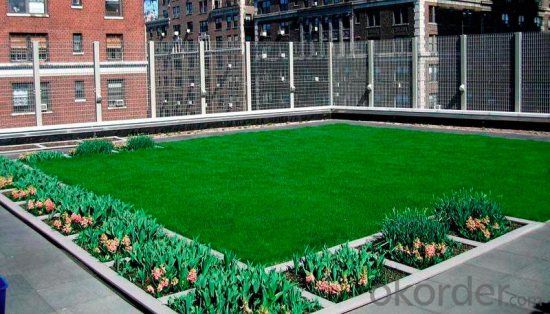
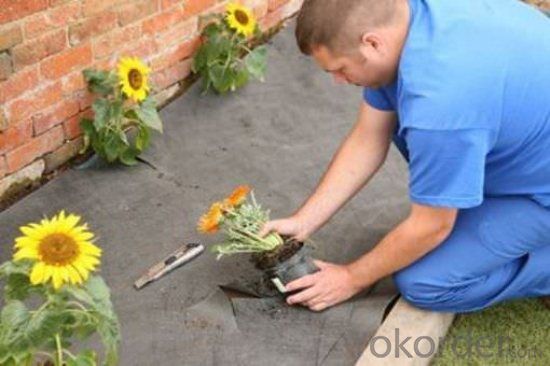
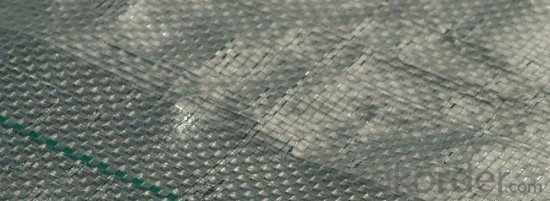
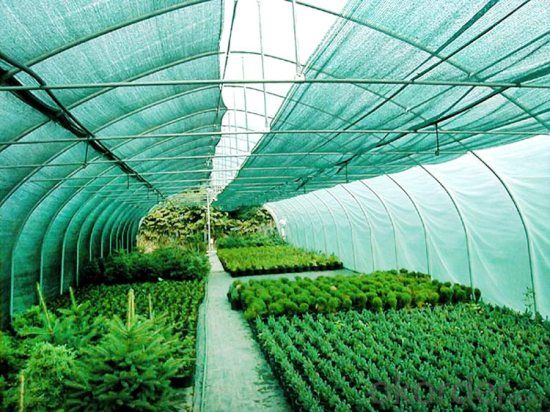
FAQ:
1. What are we supplying?
We are specialized in producing .geotextile , geocell, geogrid, geomembrane
2. How Many years experience do we have?
We have been exported to more than 15 countries in the past 10 years.
3. How long do we usually reply your request?
We always reply our customer within 12 hours.
- Q: Can earthwork products be used in stormwater management systems?
- Yes, earthwork products can be used in stormwater management systems. These products, such as retaining walls, berms, and swales, help control and direct the flow of stormwater, prevent erosion, and filter pollutants before they reach water bodies.
- Q: What are the four major mechanics in civil engineering?
- Theoretical mechanics, material mechanics, soil mechanics, structural mechanics
- Q: Are earthwork products suitable for use in mining applications?
- Yes, earthwork products are suitable for use in mining applications. They are commonly used for various mining activities such as excavation, land clearing, grading, and soil stabilization. Earthwork products like geotextiles, geogrids, and geomembranes can help improve the stability and integrity of mining structures, control erosion, and enhance the overall safety and longevity of mining operations.
- Q: How do geosynthetic clay liners contribute to environmental containment?
- Geosynthetic clay liners (GCLs) contribute to environmental containment by providing a barrier against the migration of contaminants in various applications such as landfill liners, mining waste containment, and wastewater treatment. GCLs consist of layers of geotextiles encapsulating a layer of sodium bentonite clay, which swells upon contact with water, forming a low permeability barrier. This prevents the movement of liquids, gases, and pollutants, effectively containing them within the designated area. GCLs also offer added benefits like erosion control, stability enhancement, and reducing the need for natural clay materials, making them a sustainable and efficient solution for environmental containment.
- Q: How do earthwork products contribute to erosion control on river and canal banks?
- Earthwork products, such as geotextiles, gabions, and riprap, play a crucial role in erosion control on river and canal banks. Geotextiles, for instance, are permeable fabrics placed on the soil surface to prevent erosion by stabilizing the soil particles and promoting vegetation growth. Gabions, on the other hand, are wire mesh containers filled with stones or other materials that provide structural stability to the banks, reducing the impact of water flow and preventing erosion. Riprap, which consists of large rocks or concrete blocks, acts as armor by absorbing and dissipating the energy of flowing water, thus protecting the banks from erosion. Overall, these earthwork products effectively reinforce and protect the banks, mitigating erosion and maintaining the integrity of river and canal systems.
- Q: What are the advantages of using geosynthetic materials in groundwater recharge projects?
- There are several advantages of using geosynthetic materials in groundwater recharge projects. Firstly, geosynthetics act as a barrier to prevent the contamination of groundwater from pollutants or impurities present in the soil. This ensures that the recharged water remains clean and safe for consumption. Secondly, geosynthetics can enhance the efficiency of recharge systems by facilitating the uniform distribution of water and preventing excessive percolation or runoff. This helps in maximizing the amount of water that can be recharged into the groundwater reservoir. Additionally, geosynthetics are highly durable and resistant to degradation, making them a cost-effective solution for long-term groundwater recharge projects. Lastly, these materials are flexible and easy to install, allowing for customization and adaptability to different site conditions, which can significantly reduce construction time and costs.
- Q: How do geosynthetic meshes help in soil stabilization for embankments?
- Geosynthetic meshes help in soil stabilization for embankments by reinforcing the soil and preventing erosion. These meshes act as a barrier, distributing the stress and load more evenly across the soil, thereby increasing its strength and stability. Additionally, the meshes also control the movement of soil particles, reducing the risk of slope failures or landslides.
- Q: Are there any earthwork products specifically designed for coastal protection?
- Yes, there are earthwork products specifically designed for coastal protection. These products include geotextiles, geogrids, and geobags, which are used to stabilize and reinforce coastal soils, prevent erosion, and provide additional protection against waves and storm surges.
- Q: How do culverts contribute to earthwork projects?
- Culverts contribute to earthwork projects by providing an efficient way to manage and direct the flow of water. They allow for the passage of water under roads, railways, or embankments, preventing flooding and erosion. Culverts help maintain the stability and integrity of earthwork structures, ensuring their longevity and functionality.
- Q: How are geotextile bags used in erosion control on riverbanks?
- Geotextile bags are commonly used in erosion control on riverbanks by acting as a protective barrier against soil erosion. These bags are typically filled with sand or soil and placed strategically along the riverbank to stabilize the soil and prevent it from being washed away by the force of the water. The geotextile fabric used in these bags allows water to pass through while retaining the soil, effectively reducing erosion and maintaining the stability of the riverbank.
Send your message to us
Geotextile for Green Plants Stab Resistant
- Loading Port:
- Qingdao
- Payment Terms:
- TT or LC
- Min Order Qty:
- 5000 m²
- Supply Capability:
- 100000 m²/month
OKorder Service Pledge
OKorder Financial Service
Similar products
Hot products
Hot Searches
Related keywords
